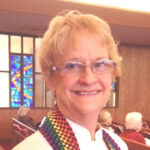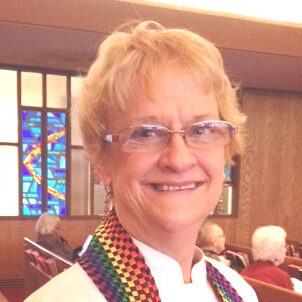Reading Vital Signs
 We measure what’s important to us. I heard that statement a long time ago, but it becomes truer with one’s age and with experiences in the local church. It’s like taking our pulse as we exercise, to make sure we are growing a stronger, healthier body. And now that the Bishops of the United Methodist Church are asking for congregations’ “measurables,” local church leaders are even more aware of needing to create and note observable measures for church vitality.
We measure what’s important to us. I heard that statement a long time ago, but it becomes truer with one’s age and with experiences in the local church. It’s like taking our pulse as we exercise, to make sure we are growing a stronger, healthier body. And now that the Bishops of the United Methodist Church are asking for congregations’ “measurables,” local church leaders are even more aware of needing to create and note observable measures for church vitality.
Okay, so some people are more Left Brain than others. They like to set up goals and measure progress along the way. But when we switch the subject from personality traits to behavior – to what we actually do – measurables become important to us all. As the old adage goes, “If you don’t know where you’re going, it doesn’t matter where you are.”
The kick, of course, is choosing what we will measure. As a congregation, if we measure only worship attendance and income, that tells us we’re not in the gospel business, but simply a generic service organization. So it’s essential to think deeply about what we measure and to figure out how to assess aspects of ministry that are naturally more qualitative then numerical. I have given it a try in the article on this site called “Ways to Measure Generosity in Our Local Church Life.” (Scroll down on the left to the category of ‘Creating a Congregational Generosity Plan.’) Depending upon your congregation’s context, size and energy level, you can put specific numbers to the general phrases like “regularly invite,” “involve an increasing number,” and “increase participation.”
The point is not to reach some magic number in any of your indicators, but to consciously keep moving, as you grow in intentionality and in opportunities for people to deepen their relationship with God in Christ. As you choose any of those indicators and develop new ones, please let me know how it goes. How are you measuring generous-hearted living in your congregation?
Your partner in ministry,
Betsy Schwarzentraub


